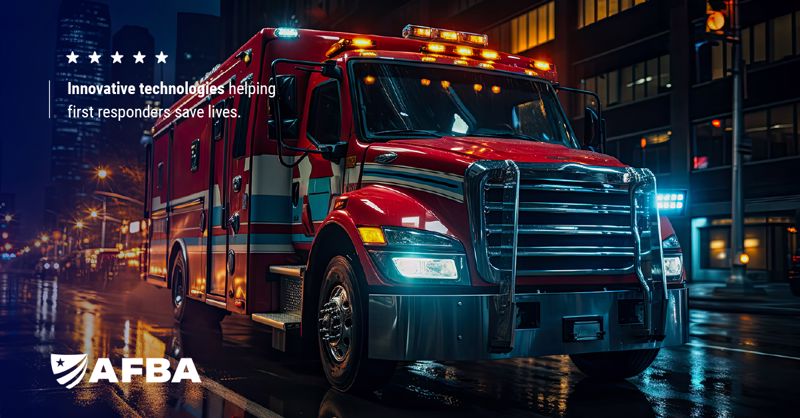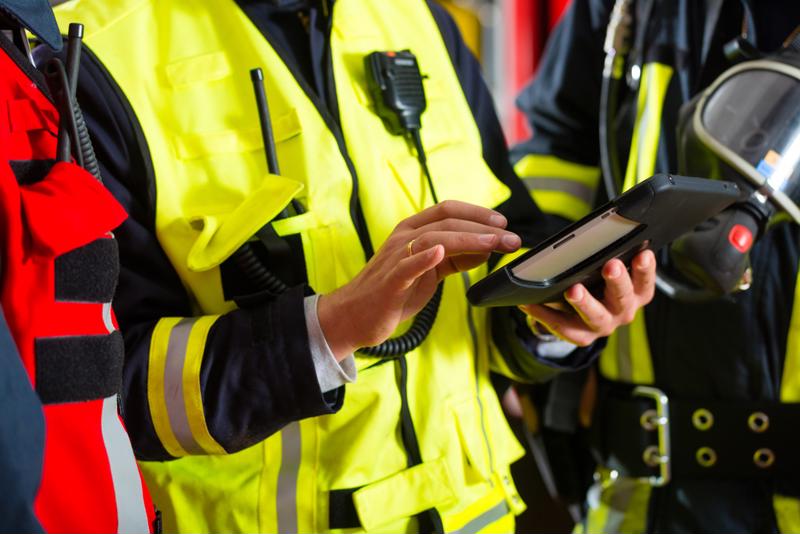Responding to emergencies is some of the most vital work in society — and simultaneously some of the most demanding. It's only fitting that first responders go into action equipped with the latest and greatest in technology.
From more advanced sensors and tracking systems to reliable communications networks, there is a wide array of tech tools that can make emergency personnel more effective and safer on the job. Developing new gear, along with the techniques to use it effectively, is an effort taken up by a wide variety of organizations, companies and agencies.
By diving into the current state of first responder tech, as well as the ongoing process of testing out new solutions, you can gain a new appreciation for this equipment and the brave people who use it.

Spotlight on DHS First Responder Tech Development
The Department of Homeland Security (DHS) realizes the need for first responders to go into the field with only the best in advanced equipment. That's why the agency, through its Science & Technology Directorate (S&T), spearheads new research and development.
The first step in developing any tech tool is to find out what users need — what's the problem that a new piece of gear could solve? S&T consults with a panel of 120 current and retired first responders, called the First Responder Resource Group (FRRG), to figure out needs that are going unmet by existing equipment. The agency also listens to specific requests from teams dealing with extreme and unique circumstances, such as firefighters battling wildfires.
Some of the development projects targeting these currently observed needs include:
- Enhanced globes for helicopter rescues: Performing aerial hoist rescues is remarkably hard on emergency workers' hands. This demands new glove materials and designs that can take the strain.
- Lost Person Locator software: Searching for missing persons is most effective when there is a set of consistent protocols and data sets available. This new software tool aims to deliver those capabilities widely.
- Routing software for vehicles: When commercial-grade navigation software isn't up to the task, first responders need a specialized tool set to get to emergencies in a timely manner. This new system accounts for weather, vehicle type, road conditions and more.
- Smart chemical sensors: New wearable sensor technology can help first responders determine exactly what they're encountering in the air. The devices can give alarms if personnel reach exposure limits to dangerous substances.
- New firefighter respiratory protectors: Firefighters battling wildfires sometimes spend hours in areas containing vapors, particles and carbon monoxide. A scarf-like respirator can protect them from these substances for up to 12 hours.
NIST Researches Communications Tech
DHS isn't the only agency putting research hours into new first responder tech projects. The National Institution of Standards and Technology recently conducted an extensive, over-five-year survey of communications needs by first responders.
The more than 7,000 people who shared their opinions stated that they need technology that is trustworthy, controllable and not frustrating to use. NIST explained that these values should direct the development and purchasing of tech, and gave six guidelines:
- Improve current systems as a first resort before creating wholly new products.
- Reduce unintended consequences of new tech adoption, such as distraction.
- Avoid "one-size-fits-all" approaches because public safety is a varied field.
- Don't develop tech for its own sake but rather to meet real, observed needs.
- Lower costs of products and services to make tech scalable for wide adoption.
- Focus on usability so first responders find it natural to get correct outcomes.
The steady march of tech development is always ongoing. Putting new offerings in the hands of first responders ensures that these breakthroughs are serving the public good.

